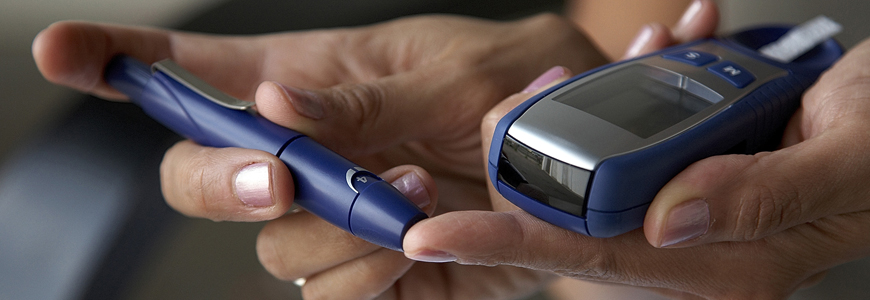Five distinguishing clinical features can help physicians screen for symptoms of Latent Autoimmune Diabetes in Adults (LADA), a more slowly progressive form of autoimmune diabetes that represents a genetic overlap of type 1 diabetes mellitus (T1DM) and type 2 diabetes mellitus (T2DM).
Compared with patients with T2DM, patients with LADA have a lower BMI, lower waist-to-hip ratios, and lower blood pressure, as well as a better metabolic profile in that they present with lower triglycerides and higher HDL cholesterol. Most patients with LADA are diagnosed after age 30, have detectable islet antibodies—most commonly to glutamic acid decarboxylase (GAD)—and progress to insulin more quickly than patients with T2DM.
The term LADA was introduced in 1993 by researchers who described the clinical characteristics of this form of autoimmune diabetes. The Immunology of Diabetes Society (IDS) has established three criteria to define LADA:
- Adult age of onset
- Presence of circulating islet cell autoantibody
- Initial insulin independence (for the first six months)
“This condition is more often mistaken as type 2, which is why it’s essential to identify the antibodies before classifying the disease,” says Adva Eisenberg, MD, a senior fellow in the Duke Division of Endocrinology, Metabolism, and Nutrition who specializes in LADA diagnosis and treatment. “For patients with type 1, the diagnostic process is usually clearer.”
Testing for antibodies is practical, inexpensive, and especially useful in cases where a classification helps explain the condition and treatment options to the patient, Eisenberg says.
Even using the characteristics defined by the IDS, a precise diagnosis can be challenging—the condition is often unofficially referred to as “type 1.5 diabetes.” Eisenberg recommends that physicians use a clinical screening tool to create a “LADA risk score” based on five characteristics published in Diabetes Care that may indicate a LADA diagnosis. They are:
- Age of diabetes onset less than 50 years
- Acute symptoms of polydipsia or polyuria and/or unintentional weight loss
- BMI less than than 25 kg/m2
- Personal history of autoimmune disease (HLA-DR4-related)
- Family history of autoimmune disease
“If a patient has at least two of these characteristics, you should begin to consider LADA as a potential diagnosis,” Eisenberg says. “Another relevant criterion is a patient who does not respond appropriately to oral medications. After you have ruled out compliance and lifestyle factors, LADA should be considered.”
Eisenberg says a study has concluded that 75 percent of patients who have LADA compared with 24 percent of those with T2DM demonstrated at least two of the five distinguishing clinical features. The presence of a one or fewer of the features had a negative predictive value of 99 percent.



